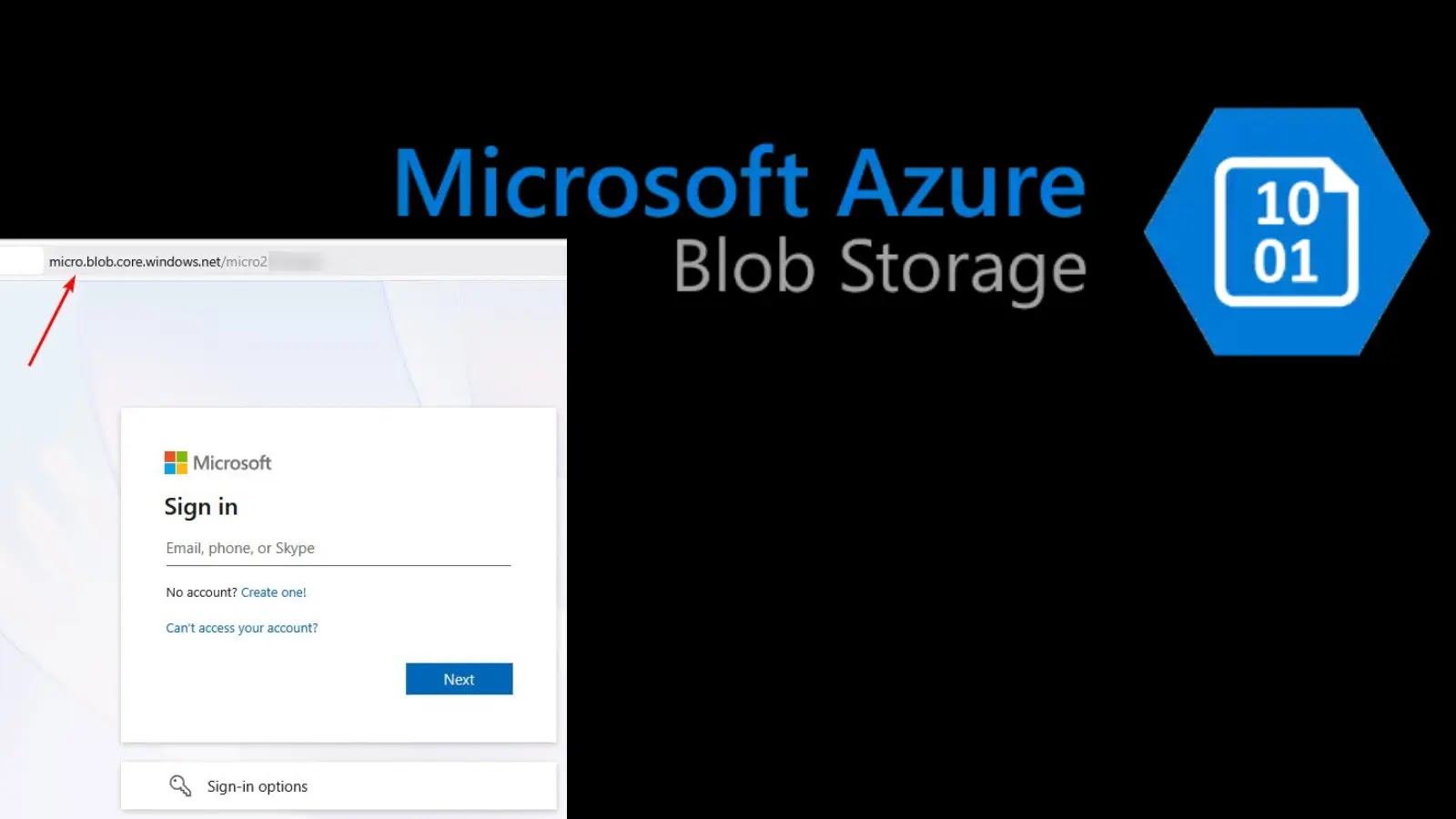A significant security flaw has been identified in widely used Integrated Development Environments (IDEs) such as Visual Studio Code, Visual Studio, IntelliJ IDEA, and Cursor. This vulnerability enables malicious actors to circumvent trust verification mechanisms, allowing them to execute arbitrary code on developers’ machines while maintaining the facade of legitimate, verified extensions.
Scope and Impact
This flaw affects some of the most popular development platforms, potentially exposing millions of developers worldwide to sophisticated supply chain attacks. By exploiting this vulnerability, attackers can craft malicious extensions that retain verified symbols and trusted publisher information, all while embedding code capable of executing operating system commands. This deceptive approach creates a false sense of security for developers who rely on verification badges as indicators of extension safety.
The attack vector is particularly concerning because it targets the development environment itself, where sensitive code, credentials, and proprietary information are regularly handled. Successful exploitation could grant attackers access to the developer’s complete working environment, including source code, development databases, API keys, and deployment credentials. This positions the attack as a particularly dangerous vector for supply chain compromises, where malicious code could be introduced into software projects and subsequently distributed to end users.
Technical Details
Research conducted between May and June 2025 revealed that attackers can modify extension files to maintain verified status while injecting malicious functionality. OX Security analysts identified the specific mechanism through which these trust checks can be circumvented, demonstrating how extensions can be packaged into VSIX files and distributed through platforms like GitHub while appearing completely legitimate to end users.
The exploitation process centers on manipulating the verification requests that IDEs send to marketplace servers. When Visual Studio Code checks an extension’s legitimacy, it sends a POST request to marketplace.visualstudio.com containing the extension’s identifier. Researchers discovered that by modifying specific values within the extension’s bundled files, particularly the package.json and extension.js files, attackers can maintain the verified appearance while introducing malicious code.
Infection Mechanism
The attack methodology involves sophisticated manipulation of extension metadata and verification processes. Attackers begin by analyzing legitimate verified extensions to extract their publisher information, extension IDs, and verification tokens. They then create malicious extensions using these extracted credentials, effectively impersonating trusted publishers while injecting harmful code.
In a proof-of-concept developed by researchers, attackers added a command entry to the package.json file that appears benign but triggers malicious functionality. The corresponding extension.js file contains JavaScript code that executes system commands when activated, such as launching the calculator application as a demonstration of arbitrary code execution capabilities.
The packaging process involves creating VSIX files that contain all the modified components while preserving the visual indicators of trust that developers expect to see. These files can be distributed through various channels, including GitHub repositories, where developers often download and install extensions locally. The verification symbols, download counts, and publisher information all appear authentic, making detection extremely difficult without deep technical analysis.
Broader Context
This vulnerability is part of a larger trend of security issues associated with IDE extensions. For instance, in August 2023, a flaw in Visual Studio Code allowed malicious extensions to retrieve authentication tokens stored in Windows, Linux, and macOS credential managers. These tokens are used for integrating with various third-party services and APIs, such as Git, GitHub, and other coding platforms. Stealing them could have significant consequences for a compromised organization’s data security, potentially leading to unauthorized system access and data breaches.
Additionally, in January 2023, researchers discovered that the VSCode editor could be vulnerable to attacks targeting its extensions. By impersonating popular extensions through typosquatting, attackers were able to distribute malicious code to developers. For example, by slightly misspelling the name of a popular extension, attackers tricked developers into downloading the malicious version, leading to potential credential theft and exfiltration of confidential information.
Mitigation Strategies
To mitigate such risks, it’s advised to install extensions directly from official marketplaces as opposed to using VSIX extension files shared online. Developers should also be cautious of extensions with low download counts, lack of reviews, or those published by unknown entities. Regularly updating IDEs and their extensions can help patch known vulnerabilities. Additionally, employing endpoint detection and response (EDR) tools can aid in identifying and mitigating suspicious activities associated with malicious extensions.
Conclusion
The discovery of this vulnerability underscores the importance of vigilance in the development community. As attackers continue to find innovative ways to exploit trust mechanisms, developers must remain proactive in assessing the security of their tools and extensions. By adopting best practices and staying informed about emerging threats, the development community can better protect itself against sophisticated supply chain attacks.



